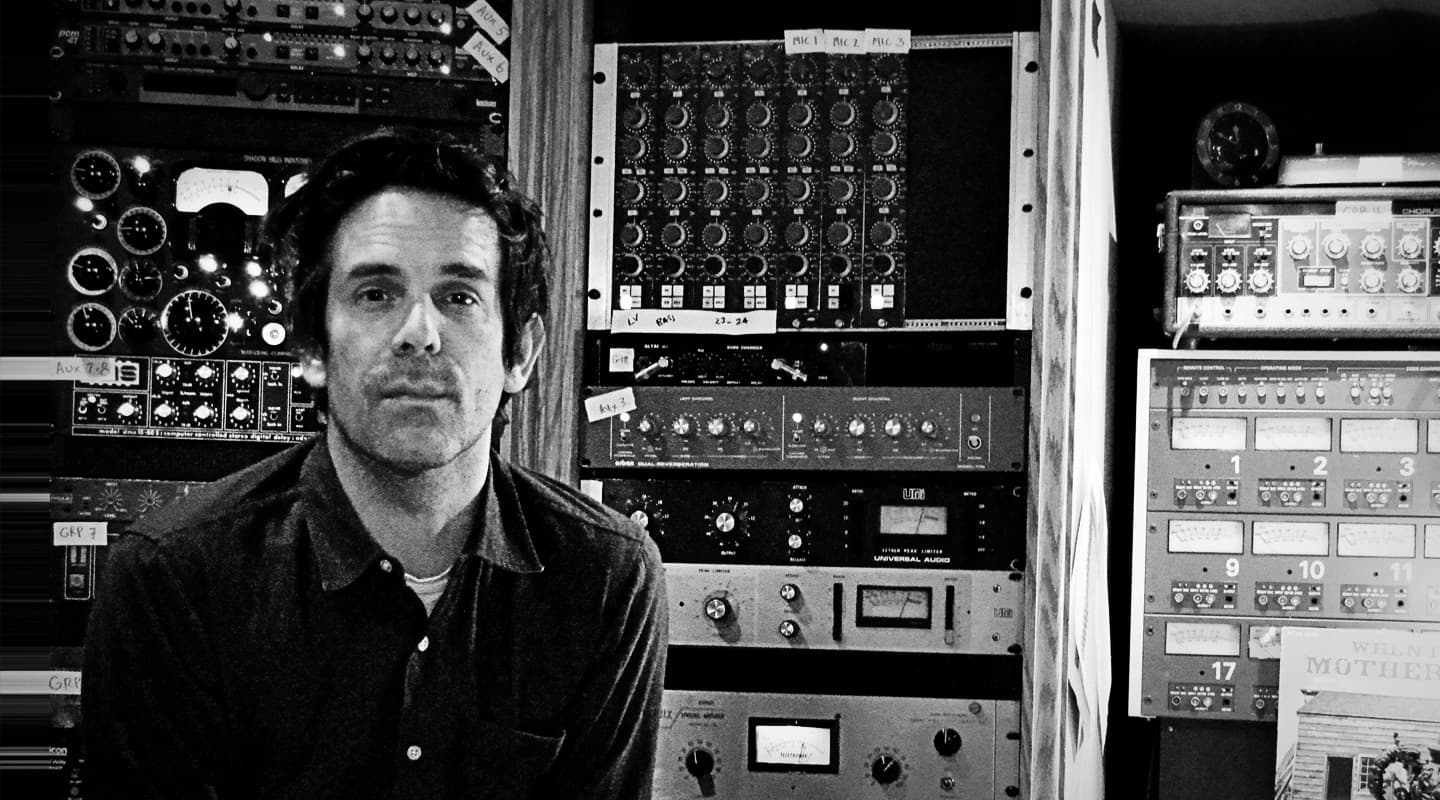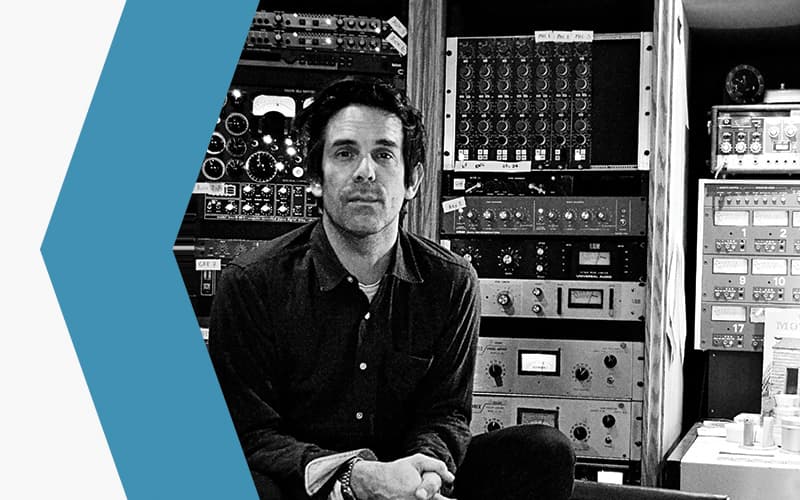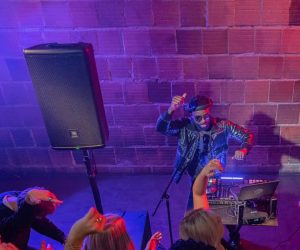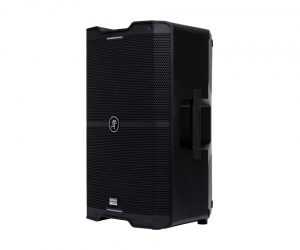
The Professional Voice: Tom Elmhirst
The victory of the DAW, and corresponding decimation of the cost of pro audio equipment was one of the main factors behind the collapse of the commercial studio industry. This whirlwind of closing studios, lowering recording budgets, improving digital audio sound quality and endless options and effects at the press of a button, turned the worlds of all engineers, mixers and producers upside down. Throughout this issue, Paul Tingen asks nine of the world’s leading studio practitioners to elaborate on what has changed for them since 1998, homing in on the pieces of gear they consider to have been game changers, and the working methods they use today, which they didn’t in 1998.

TOM ELMHIRST
Adele, Amy Winehouse, The Black Keys, Cee Lo Green, Ellie Goulding, Florence & The Machine, Arcade Fire, Mark Ronson, Jonsi, U2, Peter Gabriel, Rufus Wainwright, and Goldfrapp.
Four-time Grammy award winner, Elmhirst, is a British mix engineer who works in Electric Lady Studio C, using his own Neve VR72 console, an extensive collection of outboard, ATC SCM50 and Auratone monitors, and, of course, ProTools.
Elmhirst: “15 years ago I was still working as a tracking engineer for producers like Trevor Horn and Steven Fitzmaurice. I gradually moved into mixing, working in Metropolis Studio C and The Pierce Rooms (both in London, and both Neve rooms) before moving to Electric Lady in 2012. For me the process of making and mixing records hasn’t changed that much: people still write and record songs the same way, though mixing techniques have changed. When I started out I was still working on analogue tape, but now with ProTools you have so much more control. The 24-track tape machine which is the main photo on my web site (tomelmhirst.com) is just there for the romance of it. It rarely gets used these days. Everything comes in as ProTools sessions now, though I have to say that the sessions that had analogue tape involved during tracking generally sound better. This is mainly because of the aesthetics of the people involved in making it, rather than the gear that’s used. It’s true that there’s something that tape does that makes what comes back from it sound sympathetic and that you have to try harder to get emotions out of ProTools. But I get many straight-to-ProTools sessions in that sound amazing.”
GAME CHANGERS
PROTOOLS
“Without a doubt the biggest changes in the last 15 years have been the developments in computer technology and the abilities of ProTools. ProTools is so powerful now. I already worked on it when I started, and have a very good knowledge of it. Also growing up in the era of large format console mixing, I found that I could get that combination to work. For me it is about marrying the best of the old and the best of the new. I just could not mix in-the-box, I would not enjoy that in the same way. I could not live without faders and outboard gear. But I could also not live without ProTools. In the end, you find a way to get the tools you have at your disposal to work and to be productive. It’s not about the gear. People ask me things like: ‘What’s your go-to compressor?’ I don’t really think like that. With mixing, experience is everything. If you look at the top mixers in the world at the moment, they are not young cats, they are mostly in their 40s and older [Elmhirst is 42]. The main change in my mixing approach over the last 10 years is that I have become much quicker. Things that would have taken me six or seven hours at the time, now take me 20 minutes. The more experienced you are as a mixer, the less you waste time. After 20 minutes I’m still fresh, but if it had taken me six hours to get to the same point, my ears would be tired and I’d need to take a break. So the ability to get a mix balance going very quickly is the biggest change for me.”
















RESPONSES